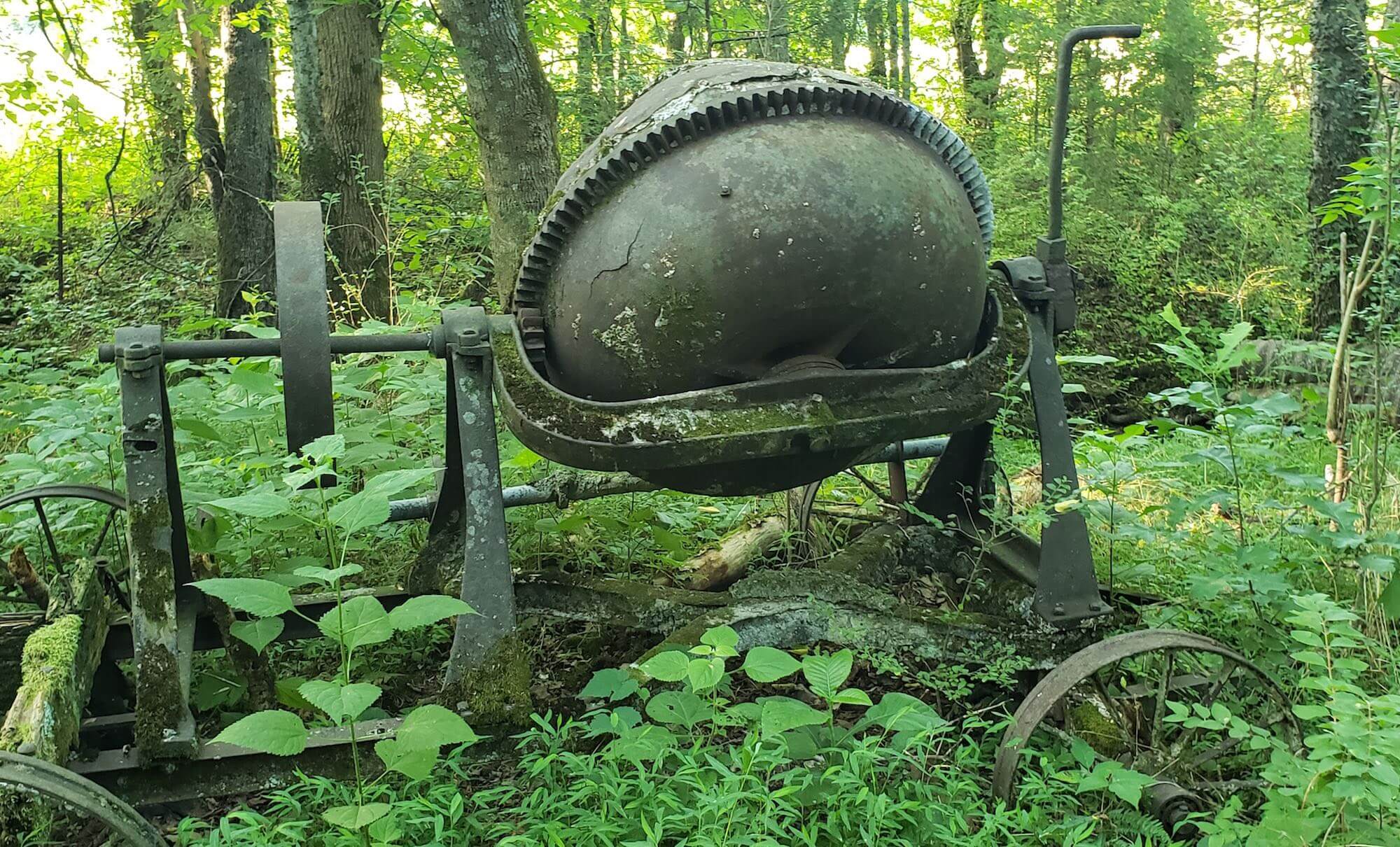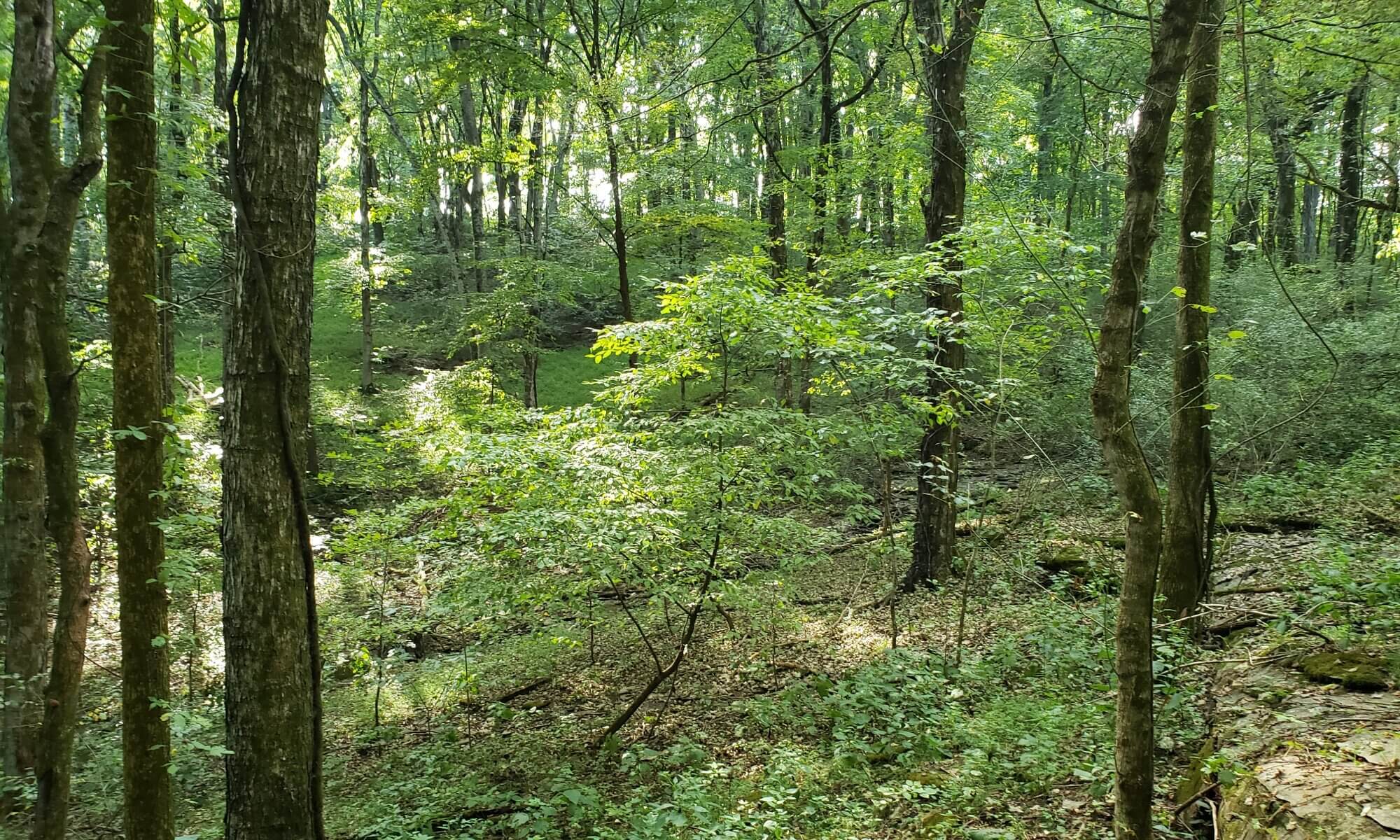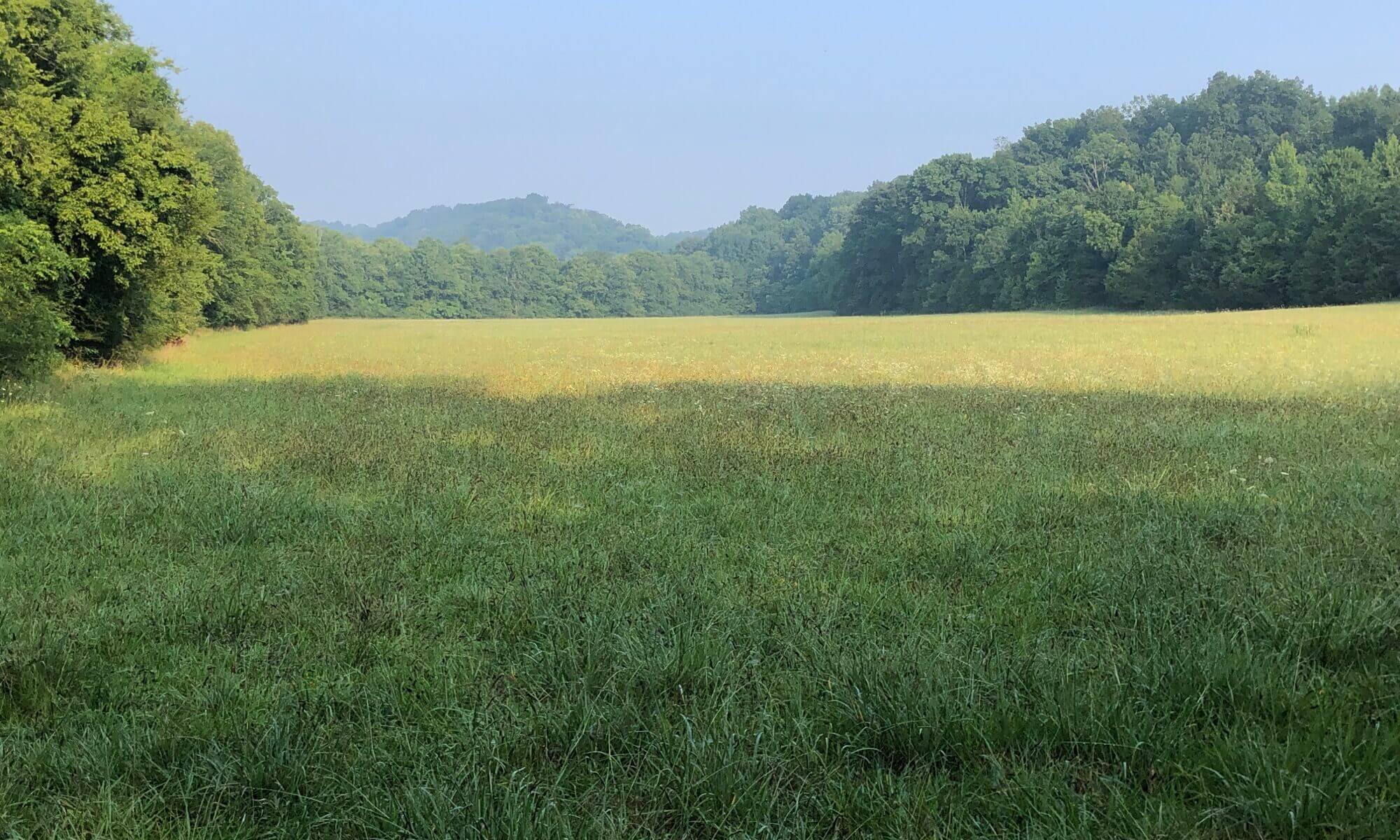Down on the Farm
We were supposed to have started logging operations on the farm after Labor Day. Now we’re into October and the job hasn’t yet started. Time moves slowly on the farm. But eventually it does move forward.
With the help of a great professional forester, I personally selected 200 mature trees on our 114-acre farm for timbering. (It had to be me because everyone knows I’m the tree-hugger around here.) Seventy percent of those I selected are trees over 18 inches in diameter: hickory, oak, ash, maple, basswood and walnut. Some were larger than 30 inches. Wonderful trees, but they had achieved their maximum potential. If we’re going to maintain the health and vitality of our beautiful forest, it’s time to remove a few to make room and light for the younger trees around them, so they can do the same.
Almost a third of the trees I marked were ash trees, many of them on the north-facing slope of the ridge behind the main house. As we watch the emerald ash borer creep closer to our farm, it seems inevitable that these trees will all be standing deadwood in just a few years. For the sake of the forest, and our own safety, it’s best to remove them now, while they still have some timber value. Luckily, the insect only seems to attack mature ash trees. We’re hopeful that removing the bigger ones will enable the young ones to continue growing and thriving, long after the borer has moved on along its devastating path.
There are a few places on the farm, though, that are just too special to touch. We’ve set aside the hollow around the back pond as a wildflower reserve. We won’t be removing any trees there during our timber operation; we’re just going to let Nature take its course. We made that decision in the months before I had discovered the wealth of native wildflowers and fruits that are already growing in this special place, so now I’m really glad we did.
Since spring, I’ve been adding more native plants to the reserve. For the species we already have there, like the pawpaws, adding more specimens promotes healthy genetic diversity in their population. Pawpaws develop root suckers that grow into additional plants to form a “patch,” or colony. But all the members of a patch are clones that cannot cross-pollinate to produce fruit. So, if we want to keep this delicious native fruit coming, it’s important to introduce new ones near the colonies we already have .
I’m also adding a few additional native species, like wild geranium and woodland phlox, to fill in the blank spots on the canvas. I feel like they could have been growing here previously, but may have gotten trampled out by the cattle who used to visit the pond when part of this area was pasture. Adding new species that are likely to do well here will promote even more species diversity on the land that’s in our care.
I was raised by my father to take care of my tools. My Southern church-going mother taught me to take care of other living things. Both of them taught me that we were put on this earth to care for it and be good stewards of its natural resources. And sometimes that means you have to make hard choices, such as which tree to cut.
I’ve always taken those lessons to heart and I carry them with me every day. But especially, when I spend time in the woods on our farm. That’s when I know, for sure, this is where I was meant to be. And exactly what I was meant to be doing.


